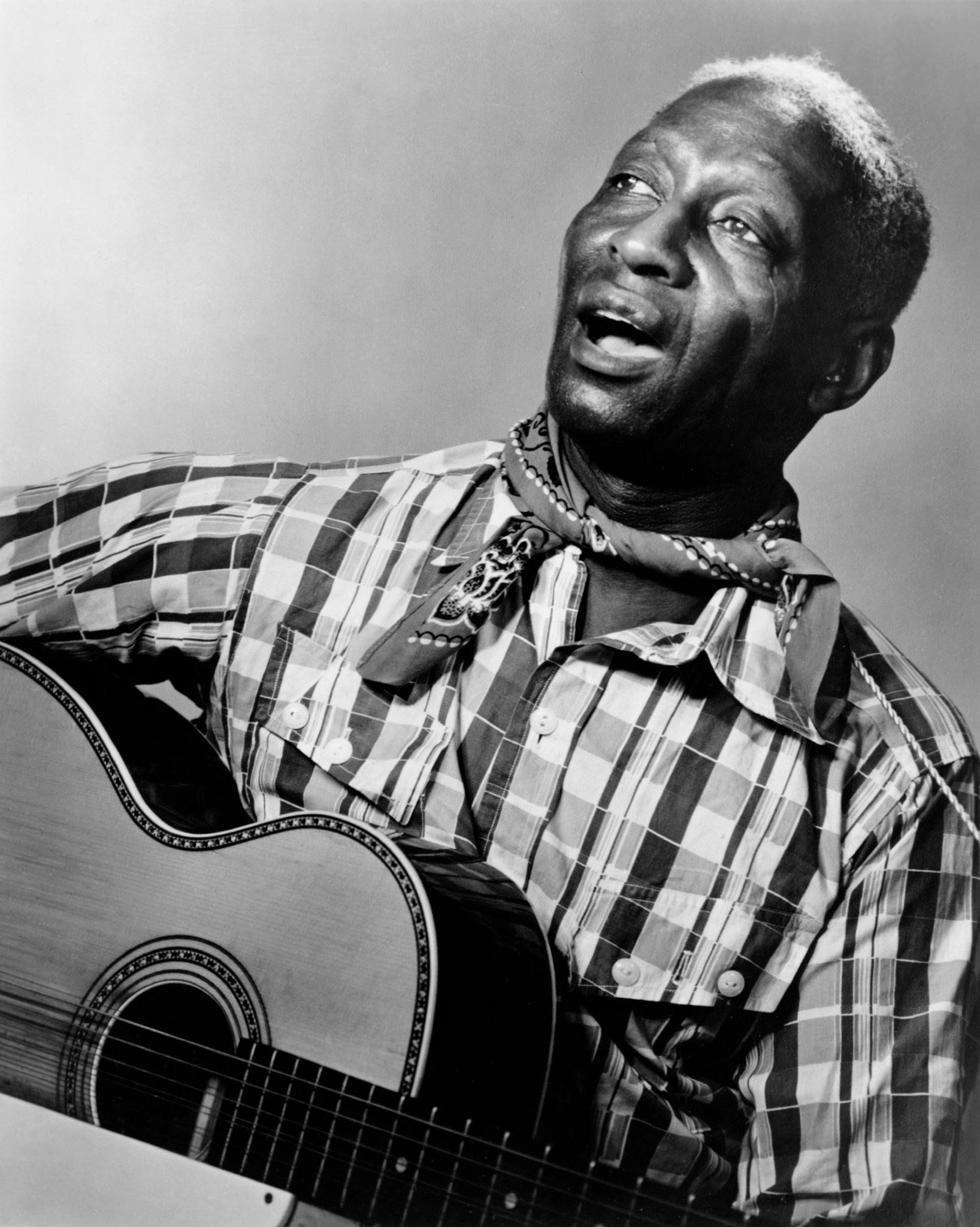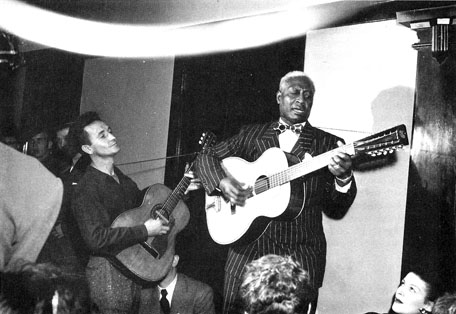Huddie William Ledbetter, better known to the world as Leadbelly, was a towering figure in the early history of American blues and folk music. Born in the late 19th century, Leadbelly’s powerful voice, masterful 12-string guitar playing, and deeply emotional songs helped shape the course of American popular music. His life was as dramatic and compelling as the songs he sang—marked by hardship, imprisonment, redemption, and an unyielding passion for music.
Early Life and Musical Beginnings
Leadbelly was born on January 20, 1888, in Mooringsport, Louisiana, though some sources list 1889. He grew up in a rural, segregated South, where music was often a source of both joy and resistance. He learned to play several instruments in his youth, but it was the 12-string guitar that became his trademark. His early musical influences included gospel, spirituals, and work songs, which he heard in churches, cotton fields, and labor camps.
As a young man, Leadbelly drifted across Texas and Louisiana, working as a laborer and musician. His immense talent and charisma made him a standout in any gathering, and he quickly gained a reputation for his ability to captivate audiences with his storytelling and song.
Trouble with the Law
Leadbelly’s life took a darker turn when he was imprisoned multiple times for violent crimes. In 1918, he was sentenced to a Texas prison for murder. While incarcerated, he continued to play music and even gained the attention of the governor, Pat Neff, to whom he famously wrote a song begging for his release. Remarkably, Leadbelly was pardoned in 1925.
Unfortunately, a few years later he found himself back in prison, this time in Louisiana. It was there, in 1933, that he was discovered by the pioneering folklorists John Lomax and his son Alan, who were traveling the South recording traditional songs for the Library of Congress. The Lomaxes were stunned by Leadbelly’s talent and began recording his vast repertoire of folk, blues, and prison songs on portable equipment inside the prison.
Rise to Fame
The recordings made by the Lomaxes marked the beginning of Leadbelly’s fame. Upon his release, he traveled with John Lomax, performing at colleges, libraries, and public venues. His music introduced many white audiences to the deep traditions of African American folk and blues for the first time.
During the 1930s and 1940s, Leadbelly became a cultural icon in New York City’s burgeoning folk scene. He performed alongside legends like Woody Guthrie and Pete Seeger, and his songs—such as “Goodnight, Irene,” “Midnight Special,” “Boll Weevil,” and “Rock Island Line”—became standards in American music.
Legacy and Death
Leadbelly’s life was tragically cut short when he died of amyotrophic lateral sclerosis (ALS), also known as Lou Gehrig’s disease, on December 6, 1949, in New York City. He was 61 years old.
Despite his relatively short recording career, Leadbelly’s influence on American music is profound. His songs were passed down through generations and covered by major artists including The Weavers, Johnny Cash, Bob Dylan, Creedence Clearwater Revival, Led Zeppelin, and Nirvana.
His blend of folk storytelling, blues rhythm, and social commentary helped lay the foundation for both the blues revival of the 1950s and the folk revival of the 1960s. Leadbelly’s music remains a powerful reminder of the resilience of the human spirit and the enduring power of song.
Conclusion
Leadbelly was more than just a blues musician—he was a folk hero, a cultural bridge, and a voice for the voiceless. His life, filled with both suffering and triumph, continues to inspire musicians and listeners around the world. To understand the roots of American music, one must know the story of Leadbelly—a man whose songs will never fade.


No responses yet